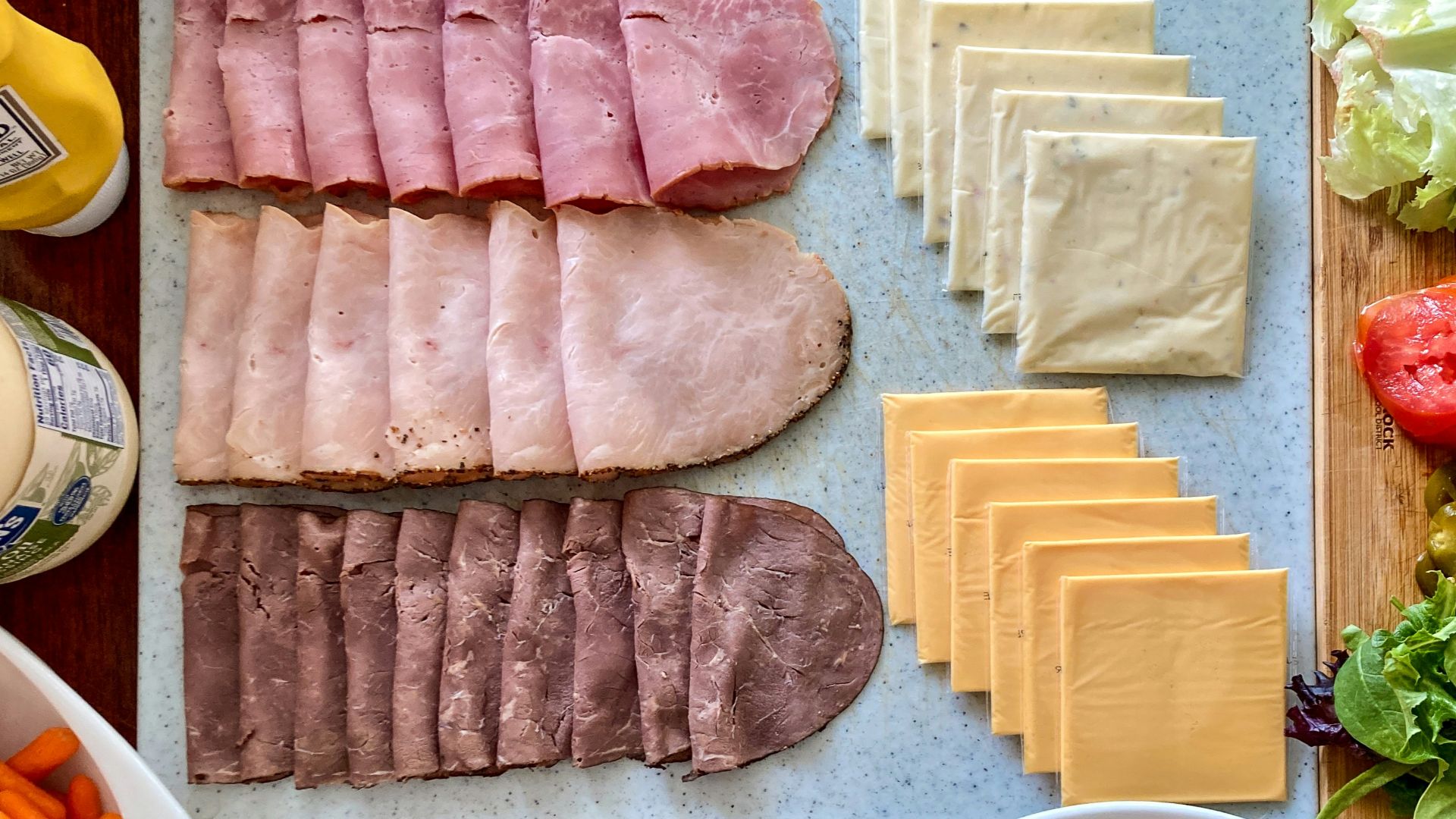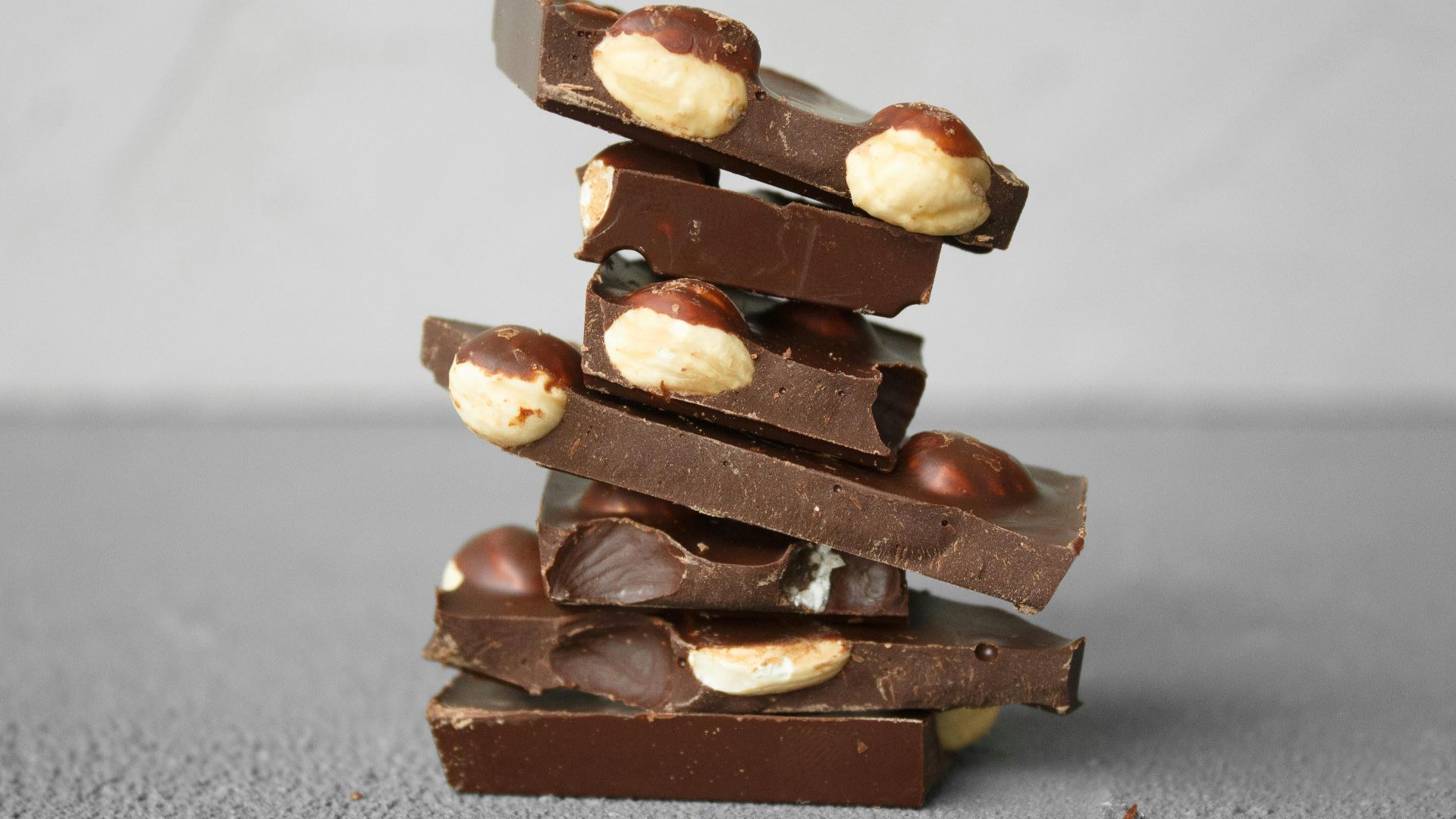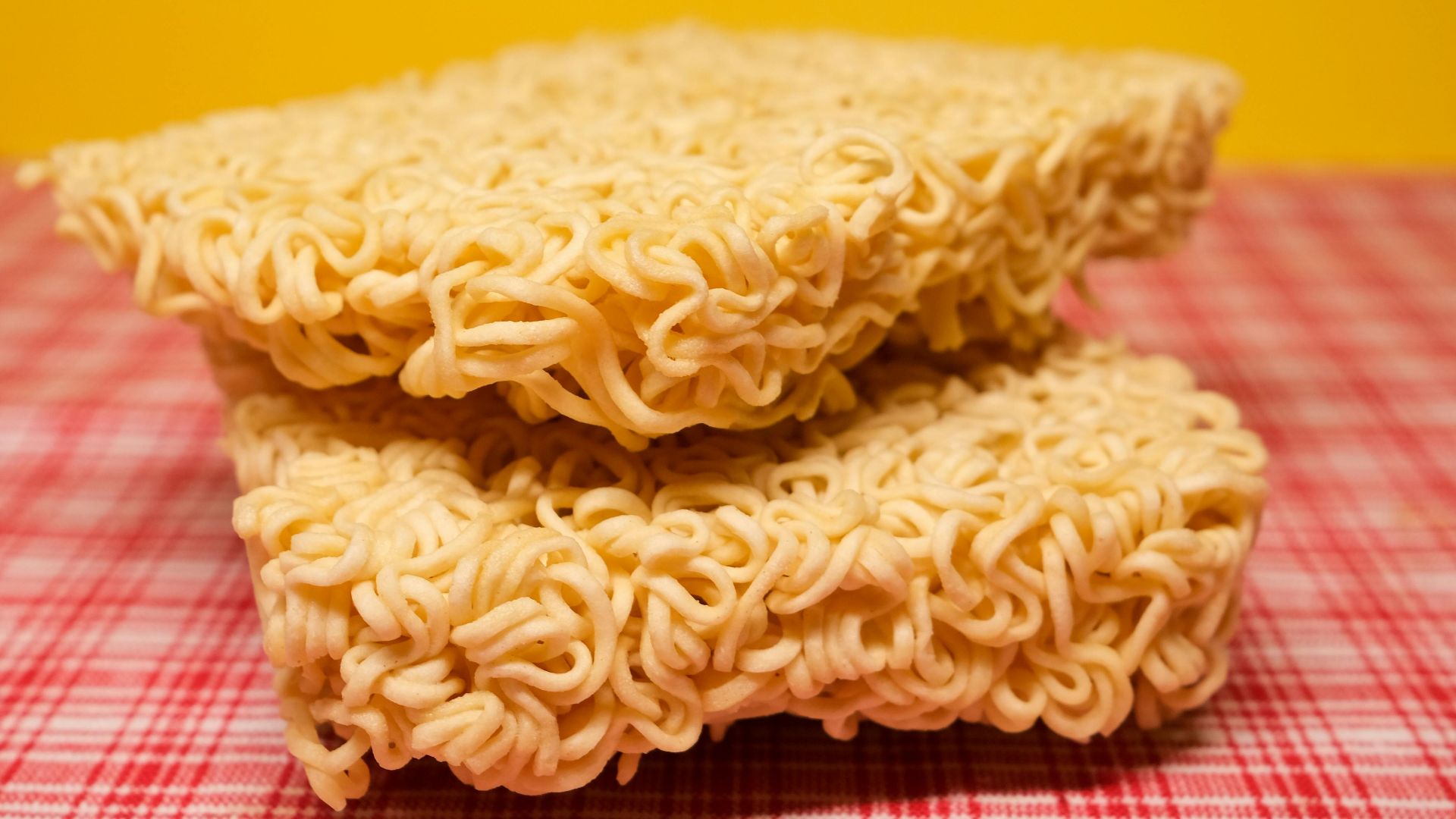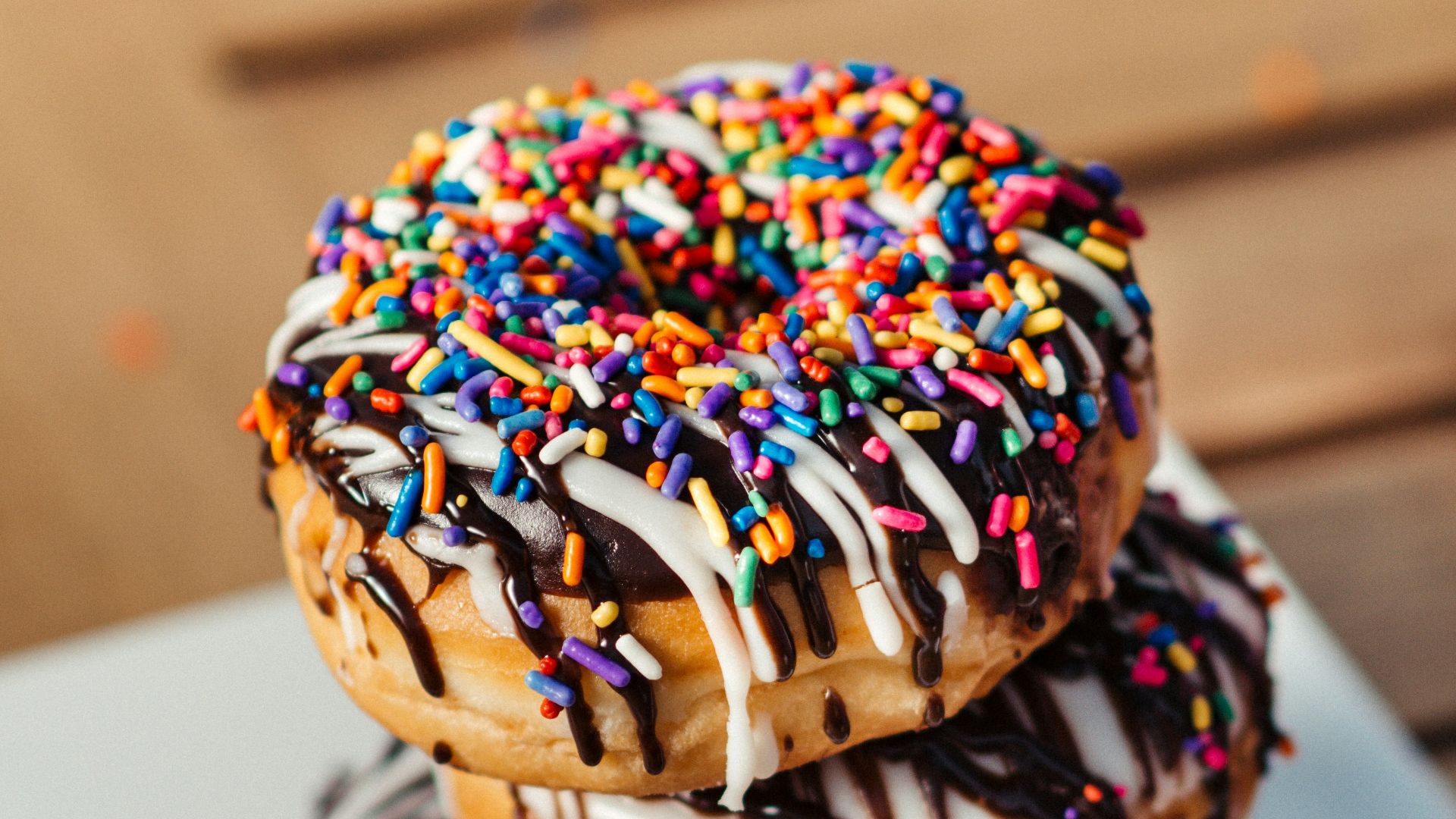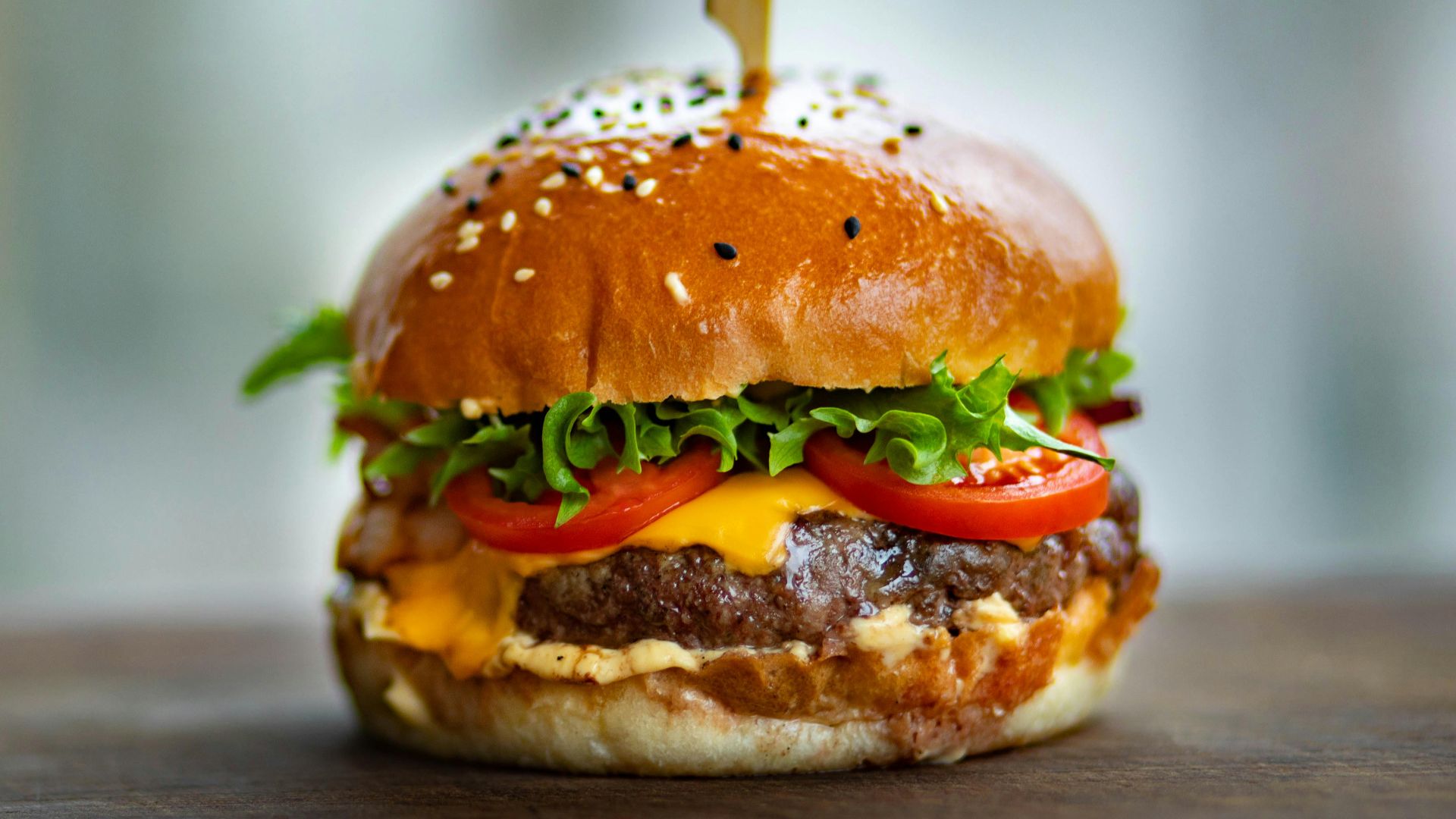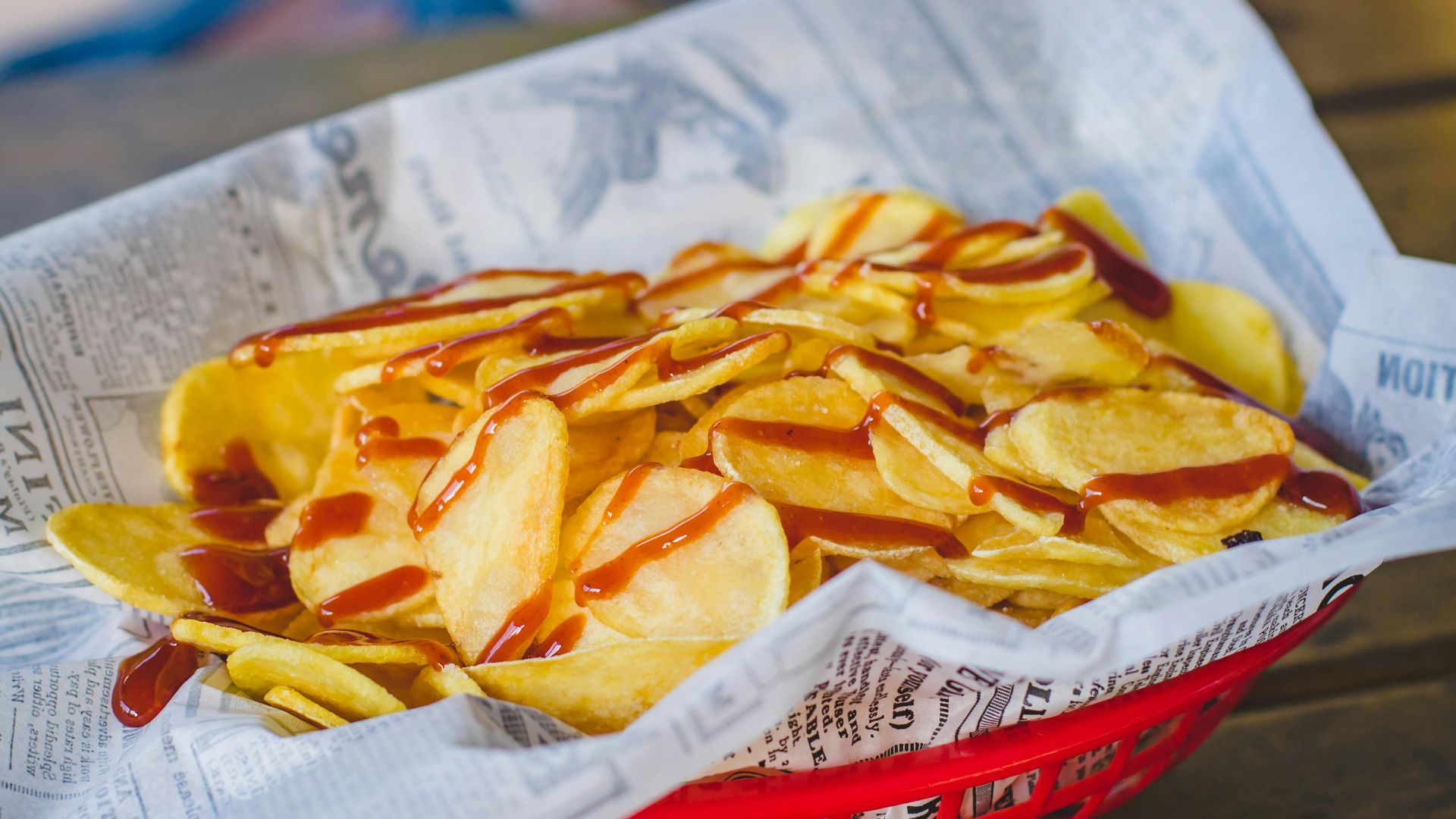Take Control Of Your Appetite
Your body sends signals, but not all of them are trustworthy when it comes to food choices. Cravings can feel overwhelming, and overeating often follows before you've even realized what happened. The key is knowing which foods make the problem worse and having solid strategies to counter those urges. By shifting your approach, it's possible to escape the cycle. Let's start by identifying the worst offenders, then explore practical methods to manage your eating habits effectively.
1. Sugary Soda
Packed with sugar and caffeine, it tickles the brain’s reward system the same way addictive substances do. Over time, those daily sips can snowball into obesity and even liver damage. The kicker? That sugar rush spikes inflammation too, quietly sabotaging heart health.
2. Deep-Fried Foods
The Maillard reaction—a chemical process triggered by high heat—is what gives these foods their irresistible crispy texture. However, this method increases unhealthy trans fats and heart disease risk. Additionally, frying at high temperatures produces acrylamide, a compound associated with cancer.
3. Processed Meat
They are loaded with sodium and preservatives, which increases the risk of heart disease. Furthermore, the nitrates and nitrites present can form compounds that have been linked to cancer. Even hot dogs are a type of processed meat.
4. Candy Bars / Chocolate With High Sugar
A candy bar may perk your mood for a moment, but these sugar bombs deliver a quick high followed by a crash that leaves you craving more. The combination of refined sugar and unhealthy foods worsens energy levels and waistline.
5. Instant Noodles
Instant noodles are the nutritional equivalent of a mirage. Created in 1958 by Momofuku Ando, these wavy noodles have fed billions, especially in China. Yet beneath the convenience lies a problem: sky-high sodium, minimal nutrients, and virtually no fiber or protein.
6. Pastries And Donuts
Made from refined flour and loaded with trans fats, donuts offer fleeting pleasure but long-term issues—weight gain, insulin spikes, and sluggish energy. And despite their fluffy charm, they lack fiber. This means that you’re hungry again before you’ve finished your second cup of coffee.
7. Ice Cream
Ice cream is happiness in a bowl. It raises LDL cholesterol and pushes the risk of diabetes upward. Still, America’s love affair with ice cream runs deep—so deep, in fact, that enthusiasts once made a 54,000-pound sundae. Talk about commitment to the cause.
8. Fast Food Burgers
Nutritionists consider burgers to be the landmines of saturated fat. A steady diet of fast food burgers can lead to heart disease and weight gain. Even the buns’ refined grains mean a quick sugar hit that fades fast.
9. Potato Chips
In 1853, chef George Crum sliced potatoes extra thin to appease a picky diner—and voilà, potato chips were born. Centuries later, we’re still hooked. But those crispy bites are full of sodium and trans fats that raise blood pressure and cholesterol.
10. Sweetened Breakfast Cereals
Despite being marketed as “whole grain” or “fortified,” most sweetened cereals are loaded with sugar and refined carbs. Some even out-sugar a cookie! They give you a quick burst of energy that vanishes faster than a healthy meal would.
However, here are some simple hacks that can help you control those hunger pangs.
1. Eat Slowly And Mindfully
Ever finish a meal and realize you barely tasted it? You’re not alone. Eating mindfully helps you actually experience the flavors and textures of food. This practice trains you to recognize true hunger versus emotional cravings.
2. Use Smaller Plates And Bowls
It’s a visual trick that works, as smaller plates make portions look bigger. Your brain gets fooled into thinking you’ve had enough, helping you naturally eat less. This tiny switch can slash hundreds of calories without any real effort.
3. Stay Hydrated Before Meals
Sometimes what feels like hunger is actually thirst in disguise. Drinking water before eating gives your stomach a head start and creates a gentle sense of fullness. Pair that with high-fiber foods, and you’ll notice you’re satisfied faster.
4. Plan Meals In Advance
Planning the meals ahead takes the guesswork out of eating and the chaos out of your day. It’s about reducing decisions that lead to overeating. Think of it as setting your appetite on the smart autopilot mode.
5. Include Protein And Fiber In Every Meal
Protein and fiber are your best allies when it comes to staying full longer. They slow digestion, keeping blood sugar levels steady and cravings under control. A breakfast of eggs and whole grains or a lunch with beans and vegetables can work wonders.
6. Avoid Eating Directly From Packages
We’ve all munched straight from the bag while watching TV, only to realize it’s empty. The fix is to pour the snack onto a plate. It instantly makes eating feel intentional rather than mindless. You’ll enjoy it more and eat less.
7. Keep Healthy Snacks Accessible
When healthy food is easy to reach, healthy choices become effortless. A bowl of fruit on the counter or a stash of nuts in a bag can stop a junk food craving in its tracks. It’s about creating an environment that supports your goals.
8. Manage Stress Through Non-Food Activities
Instead of food, try stress relievers that don’t come with calories, like a small workout. These help lower cortisol, the body’s stress hormone, so your emotions don’t end up devouring a pack of chips in anxiety.
9. Get Enough Sleep
Here’s a sneaky truth: when you’re short on sleep, the hunger hormones go haywire. You crave high-carb, high-fat foods and feel hungrier than you actually are. Prioritizing 7–8 hours of rest resets the appetite signals and helps you make better food choices effortlessly.
10. Limit Distractions While Eating
If dinner is happening in front of a screen, you’re not really tasting your food. Distracted eaters consume significantly more without realizing it. Try eating tech-free, even for 10 minutes. It’s a small change that reconnects you to the simple pleasure of eating.
KEEP ON READING

20 Natural Ways You Can Boost Your Immune System

20 Ways To De-stress & Relax After Work

The 10 Most Common Diseases & The 10 Most Rare






